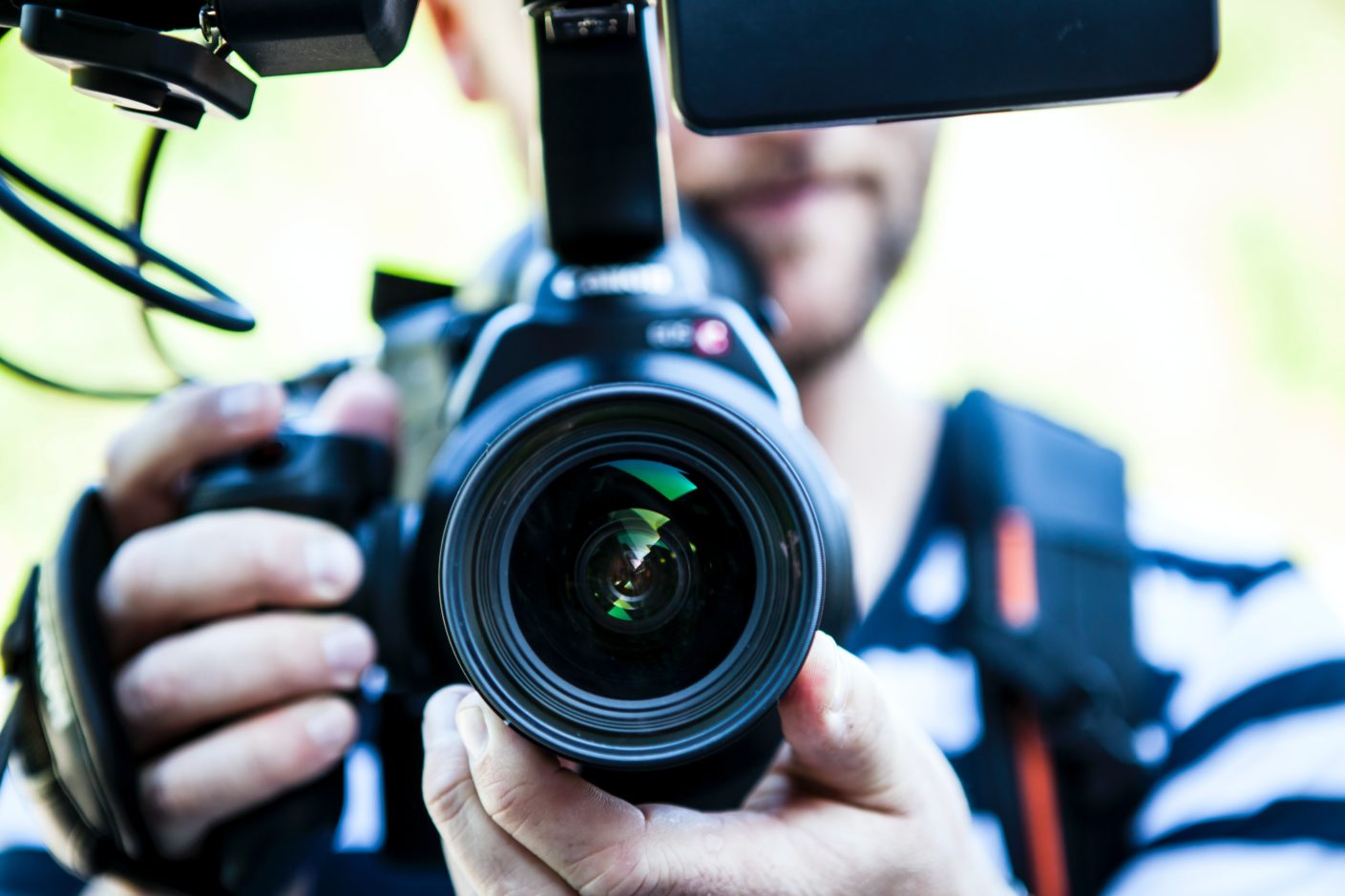
Which Part of the Exposure Triangle Has the Greatest Impact on Depth of Field?
Learning the relationship between aperture, shutter speed, and ISO is important to understanding the exposure triangle, but which part of the exposure triangle has the greatest impact on depth of field?
This is a common question that many aspiring cinematographers and new camera operators bring up. Taking control of the aperture, the part of the exposure triangle which has the greatest impact on depth of field, will help you to better understand how it all works.

What is Aperture?
Aperture is the reference to the size of your camera’s lens opening which allows light to pass through ultimately reaching the camera’s sensor to produce an image. When filming or capturing a still image, the aperture is adjusted to become larger or smaller.
This operation is often performed manually, by the cinematographer, or it can be performed automatically by the camera. The aperture adjustment is dependent upon the shooting mode that is chosen prior to shooting with the camera.
What is the Exposure Triangle?
The exposure triangle is a visual model that shows the relationship between aperture, shutter speed and ISO. The purpose of the exposure triangle is to provide photographers and cinematographers with a visual representation of the exposure elements, ISO, aperture and shutter speed and how they directly interact with one another to control the exposure of the image.
Which Part of the Exposure Triangle Impacts Depth of Field?
So, which part of the exposure triangle has the greatest impact on depth of field? The answer is, aperture. In fact, aperture controls the depth of field, and defines which objects are to be in focus and which will be out of focus.
Using the aperture setting, you can control depth of field by opening the aperture up which represents lowering your f-number on the exposure triangle to produce a shallow depth of field. The lower your f-number, the shallower your depth of field will be.
Likewise, you can increase your depth of field by increasing your f-number. Test it out to see how lowering, and increasing, your f-number or aperture can impact the depth of field that is visibly coming through in your footage and films.
This aperture setting can effectively be used to bring your subject into focus or to produce a chaotic or otherwise unkempt seen.
Know that you know which part of the exposure triangle impacts depth of field, you also know that by reducing your aperture you can bring only your subject into focus and you can blur out the background to reduce any potential distractions that may draw your audience’s attention.
Keep in mind that, although you know know which part of the exposure triangle impacts depth of field, when you lower the aperture settings, the exposure triangle states that you should then compensate by either increasing your shutter speed and lowering ISO or simply by lowering ISO so that you can achieve the desired exposure for your scene.


